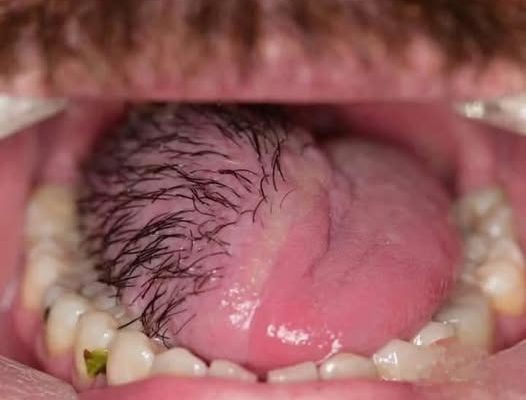Tongue fungal infections, most often caused by an overgrowth of Candida species, arise when the mouth’s natural microbial balance is disrupted. Common triggers include poor oral hygiene, extended or repeated antibiotic use, and immune system weaknesses. These factors let Candida proliferate on the tongue’s surface, leading to noticeable changes and discomfort.
One hallmark symptom is a smooth, red, glossy tongue, sometimes called “bald tongue,” which can burn or sting—especially with spicy or acidic foods. In other cases, patients develop a thick white or yellowish coating—oral thrush—that may cause mild pain, bad breath, or a metallic taste.
Both red and coated forms often come with taste disturbances: foods may taste dull, bitter, or metallic, which can dampen appetite and affect nutrition over time. Iron-deficiency anemia or other systemic issues may coexist, compounding fatigue and general malaise.
Management relies on restoring balance and good hygiene: gently brushing the tongue twice daily, rinsing with saltwater or a baking soda solution, and limiting sugar or yeast-rich foods. Probiotics can help after antibiotic courses, and anyone with recurrent infections or immune compromise should seek tailored advice from a healthcare professional.



